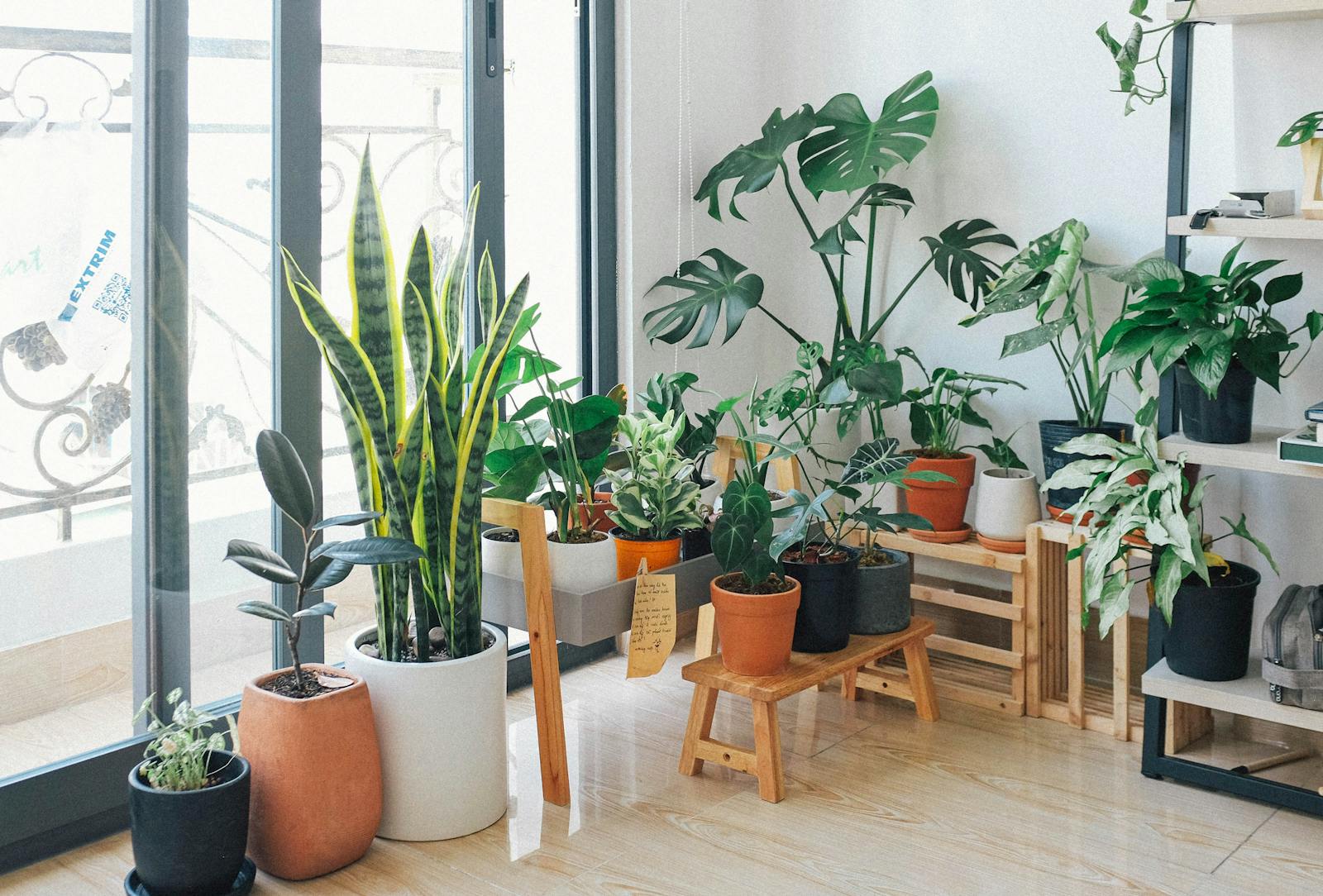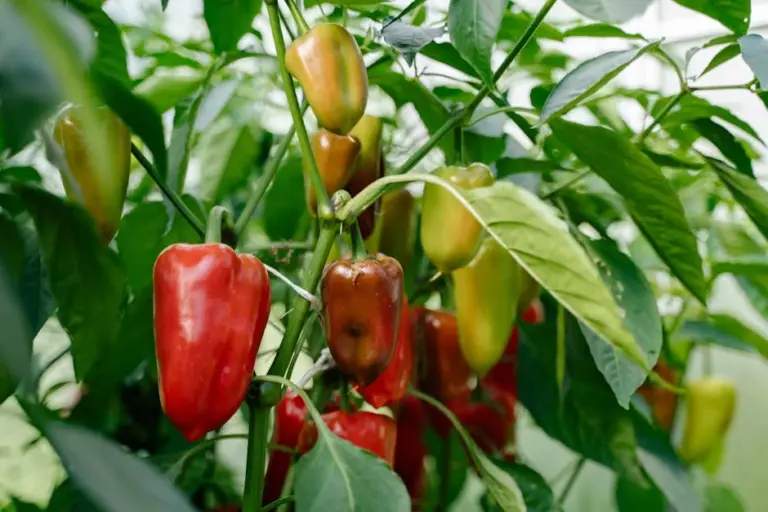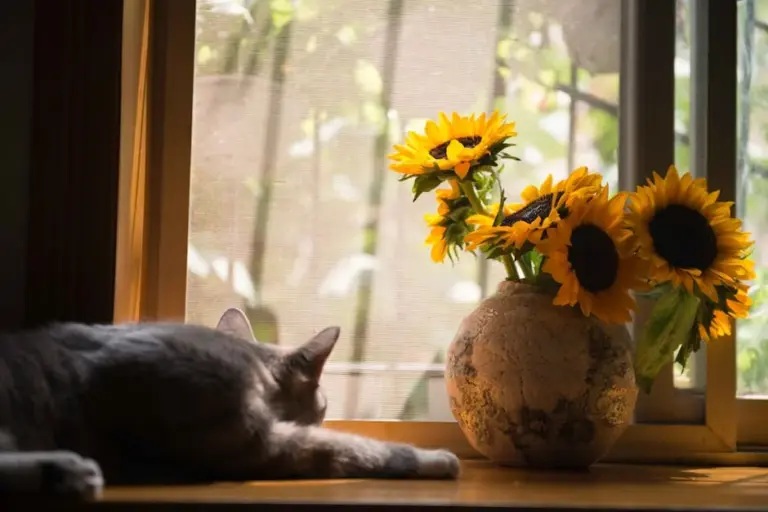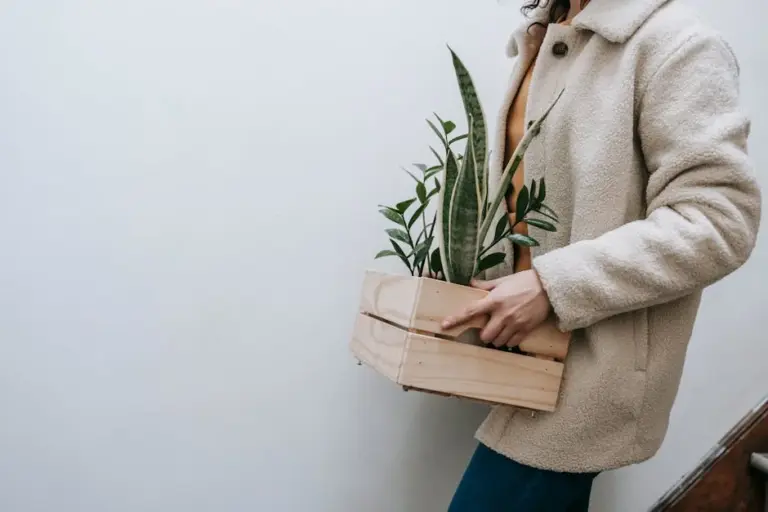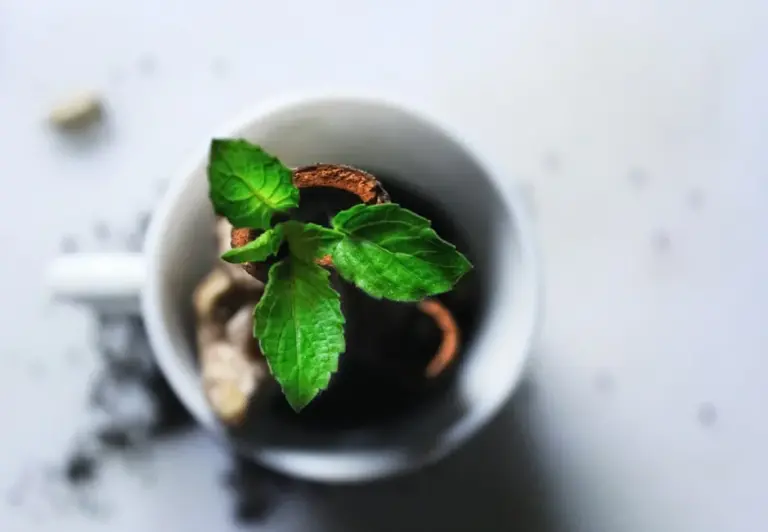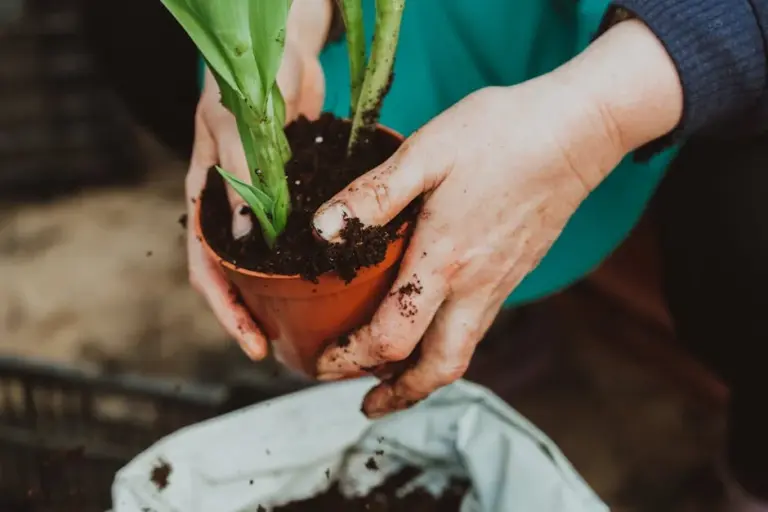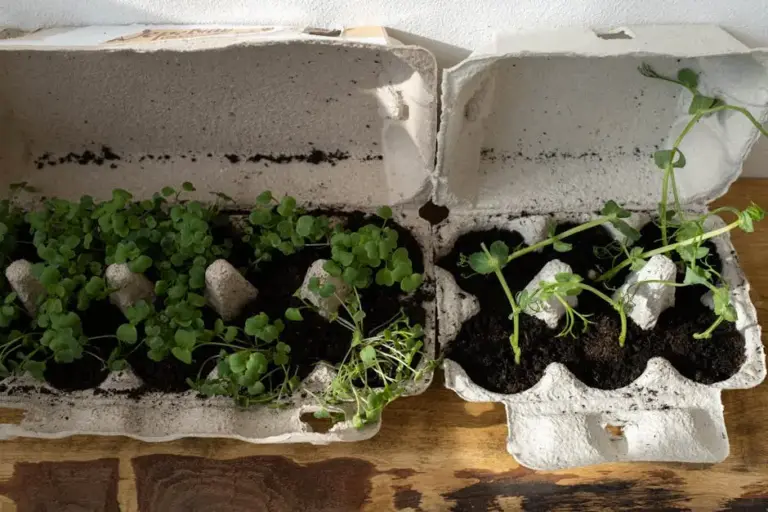The Best Indoor Plants for Homes With Limited Natural Light to Brighten Your Space
Living in a home with limited sunlight can make it tricky to add greenery, but it’s not impossible. Some plants actually thrive in dimmer spaces, so you don’t have to give up on your indoor garden dreams.
If you’ve got a dark corner or a windowless room, there are still plenty of plants that will grow happily. Picking the right ones can make your place feel more inviting and lively.
Snake Plant
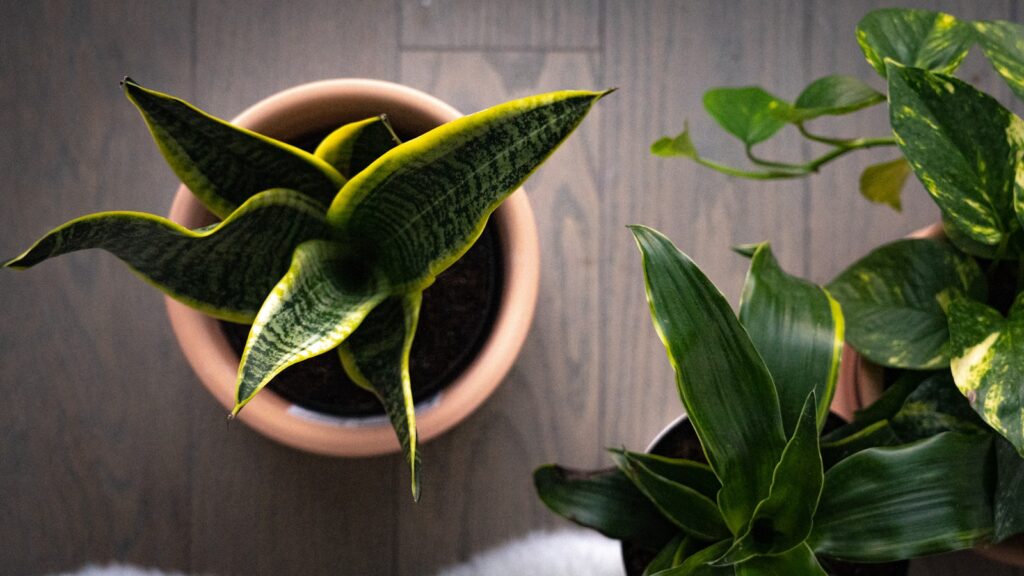
The snake plant is perfect for spots with barely any sunlight. It’s happy under artificial lights or in rooms without windows.
You only need to water it once the soil dries out completely. Forgetting to water now and then isn’t a big deal with this plant.
Its upright, sturdy leaves give your space a modern touch. Plus, snake plants help clean the air, which is always a bonus.
Since they come from warm, dry places, these plants need good drainage. Wet soil isn’t their friend.
ZZ Plant

The ZZ Plant is a lifesaver if your home is short on sunlight. It can handle low light and doesn’t mind if you forget to water.
Its shiny leaves bring a splash of green to any room. The plant grows upright, so it fits in small spaces easily.
It’s comfortable in most indoor temperatures and isn’t fussy about changes. Just keep it away from direct sun and cold drafts.
If you have pets or kids, keep the ZZ Plant out of reach since it’s toxic if eaten.
Peace Lily
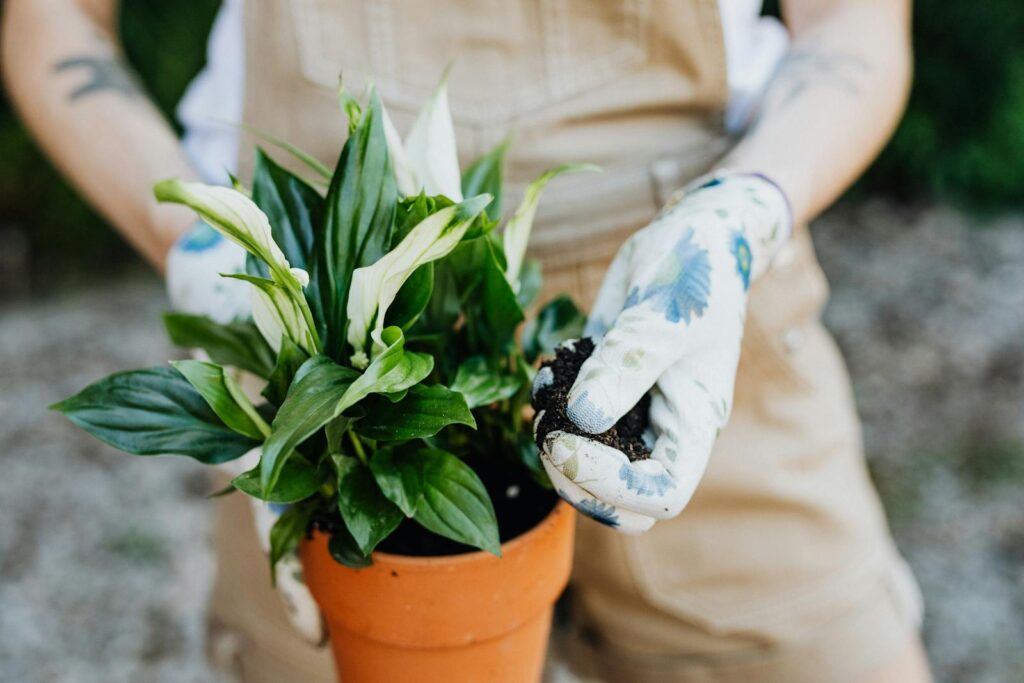
Peace lilies are a smart pick for homes with less sunlight. They do well in low to medium indirect light, so you can put them near a north or west window.
Avoid direct sunlight to keep the leaves from burning. Their dark green leaves and white blooms brighten up any space.
They’re easy to care for and great for beginners. Just keep the soil moist but not soggy.
These plants help purify the air and adapt to different lighting. They look their best with bright, indirect light.
Philodendron
Philodendrons are right at home in low-light rooms. They’re simple to care for and still add a pop of green.
Water them just enough to keep the soil slightly moist. No need for special fertilizers or frequent attention.
There are many types, so you can pick one that matches your style. They stand tall on their own, making them great for shelves or desks.
Move them now and then to keep them healthy and their leaves bright.
Pothos
Pothos is a go-to plant for darker rooms or corners. It’s tough and keeps its leaves green even without much sunlight.
You don’t need to water it all the time. It forgives a bit of neglect and still looks good.
There are several varieties, and most do well in low light. Pothos also helps purify the air.
Just keep it in indirect light and avoid overwatering. Even with few windows, pothos can thrive.
Cast Iron Plant
The Cast Iron Plant is famous for surviving in places where other plants struggle. It’s a solid pick for dim corners, hallways, or rooms away from the sun.
Let the soil dry out between waterings. It can handle some neglect and still look healthy.
Its dark, glossy leaves bring a rich green to your home. The Cast Iron Plant also helps clean the air.
If you want something low-maintenance, this plant fits the bill.
Chinese Evergreen
Chinese Evergreen is easy to keep happy in shady spots. Its leaves come in different shades of green, silver, and even pink, brightening up any room.
You don’t have to water it often. Let the soil dry a bit before watering again.
Besides looking great, it helps clean the air in your home. This makes it a practical and pretty choice.
For more, check out this indoor care guide for Chinese Evergreen.
Spider Plant
The spider plant adapts well to indirect or filtered sunlight. Bright spots aren’t a must for this plant.
It does best with a few hours of indirect light each day. If natural light is limited, artificial lights work too.
Spider plants produce baby “pups” you can grow into new plants. This makes them fun and easy to share.
Keep them in a warm, humid spot and mist the leaves now and then. That helps them stay vibrant.
Dracaena (Lucky Bamboo)
Lucky bamboo is a fun addition to rooms with little sunlight. It grows well in low to moderate indirect light.
It’s not actually bamboo but a member of the Dracaena family. You can grow it in water or soil, and it’s slow-growing.
Keep it in warm temperatures and away from cold drafts. If growing in water, change the water every couple of weeks.
Lucky bamboo is often seen as a symbol of good luck and positive vibes. It’s a nice touch for a living room or office.
Heartleaf Philodendron
Heartleaf Philodendron is forgiving if your home is on the darker side. It grows well in low to bright, indirect light.
Its heart-shaped leaves add a playful touch to your space. The vines can hang or trail for a relaxed, tropical look.
It’s low-maintenance and doesn’t need much water. Just let the soil dry a bit between waterings.
You can put it on a shelf, in a hanging basket, or let it climb a small support. It’s a favorite for people who want easy greenery.
How Plants Thrive With Minimal Sunlight
Some plants are built to make the most of weak or indirect light. They adjust their leaves and how they use energy to survive in dim rooms.
Photosynthesis in Low Light
Plants turn light into energy through photosynthesis. In low light, this process slows down, but the plant still gets what it needs to grow.
Their leaves usually have more chlorophyll to soak up every bit of available light. You might notice bigger or thinner leaves that help catch more light.
Adaptation Strategies of Shade-Tolerant Plants
Shade-loving plants have a few tricks to get by. Many have dark green leaves packed with chlorophyll for better light absorption.
Some grow broader leaves or get taller to reach any available light. These plants use energy carefully and often grow more slowly.
If you’re looking for plants for a shady home, stick to species that naturally handle low light.
Tips for Maintaining Healthy Indoor Plants
Keeping indoor plants happy is all about paying attention to water, pots, and the environment. Small changes can make a big difference.
Optimal Watering Routines
Water only when the top inch of soil feels dry. Overwatering is a common problem and can cause root rot.
Use pots with drainage holes so extra water can escape. If your pot doesn’t drain well, pour out any water that collects underneath.
Adjust your watering routine with the seasons. Most plants need less water in winter. Check the soil often rather than sticking to a strict schedule.
Choosing the Right Containers
Pick pots that fit your plant’s size. A pot that’s too big can hold too much water and cause root problems.
Terracotta pots dry out faster, while plastic pots hold moisture longer. Choose based on your plant’s watering needs.
Always make sure your pots have drainage holes. If they don’t, add a layer of rocks at the bottom to help water drain away from the roots.
Humidity and Temperature Considerations
If you’ve ever wondered why your indoor plants look a little droopy, humidity might be the culprit. Most houseplants thrive when the air has a humidity level between 40% and 60%.
Try grouping your plants together or setting up a humidifier nearby to help keep the air moist. These simple tricks can make a big difference, especially during dry winter months.
It’s also important to think about where you place your plants in your home. Drafts and heating vents can make things tough for them, causing stress and stunted growth.
Most indoor plants are happiest in temperatures between 65°F and 75°F. Be careful not to put them too close to cold windows or near hot appliances, as these spots can create sudden changes that your plants won’t appreciate.

